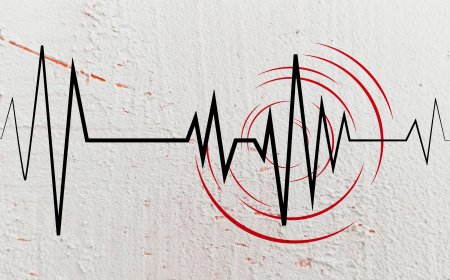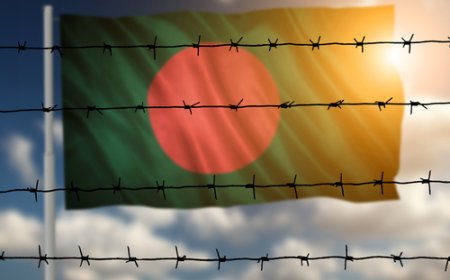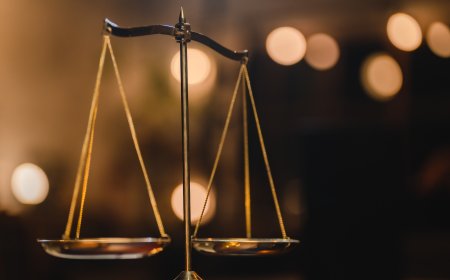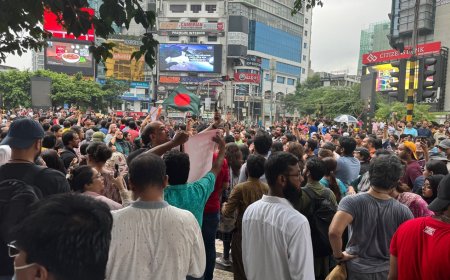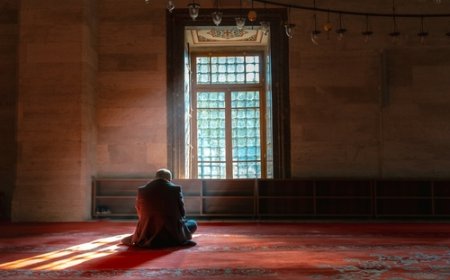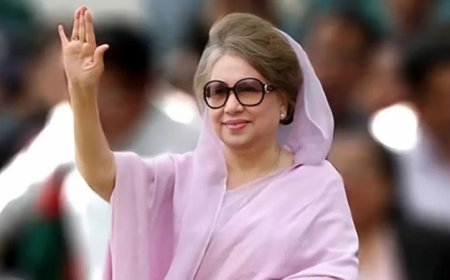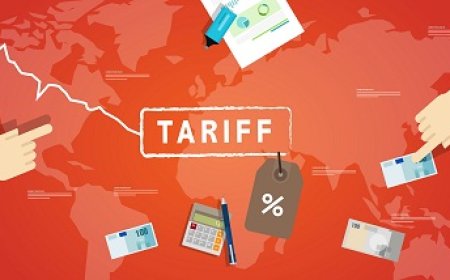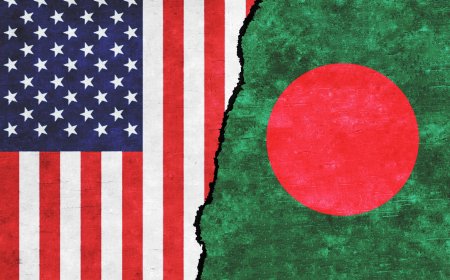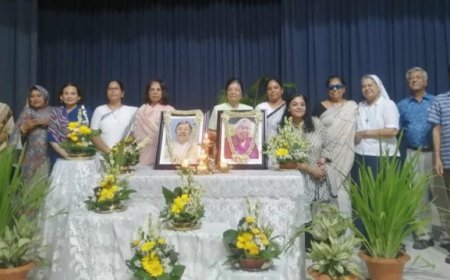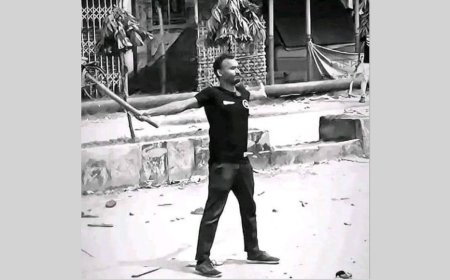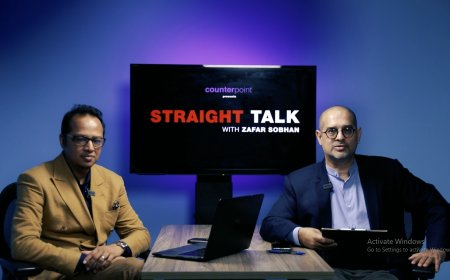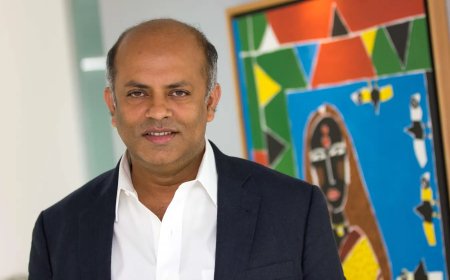The Mysterious Case of the Disappearing Charges
From five charges to two: The shifting charges in the Hasina trial

There is something puzzling about the way the criminal charges against Sheikh Hasina have evolved.
Once the full judgment is published, the situation may become clearer, but for now any careful observer could be forgiven for feeling deeply confused.
More seriously, the late-stage modifications -- apparently made without informing the defence lawyers -- appear to raise legitimate questions about whether the Tribunal had the authority to alter the charges in quite the manner it did.
Charge Framing
In the charge framing order, the Tribunal charged her with five offences.
- The first charge centred on what Hasina said on July 14, 2024 at her press conference which was alleged to have “incited” violence resulting in the killings of hundreds of civilians.
- The second charge centred on her orders allowing the use of drones, helicopters, and lethal weapons in the killing of hundreds of protestors.
This was divided into two counts.
One count relating to Hasina’s call on July 14 with Maksud Kamal, the vice-chancellor of Dhaka University, where she was alleged to have given an order to hang or kill the students.
The second count focused on her conversation with her cousin and mayor of Dhaka (North), Fazle Noor Taposh, where she was alleged to have said to have ordered lethal fire and the use of drones and helicopters.
- The third charge focused on the killing of Abu Sayed on July 16.
- The fourth charge focused on killing of six people in Chankerpul on August 5.
- The fifth charge focused on killing and burning of five people in Ashulia on August 5.
From Five To Three
On Monday, the Tribunal read out sections of its judgement in court. Judge Md. Mohitul Haque Enam Chowdhury said that “on scrutiny of the documents and examination of witnesses” the court decided “to reshape the charges for ends of justice.” The charges were therefore “modified.”
He then read out the charges. The Tribunal had reduced the charges from five to three:
- The first one remained centred around July 14, and how Hasina had incited violence. (However, it was unclear from the text read out whether the allegation focused on inciting the violence at universities on July 15 and 16, or also covered incitement over the wider killings.)
- The second charge is also similar to the second charge that was set out in the original charge framing order, concerning the ordering of use of drones, helicopters and lethal weapons in the killing of hundreds of protestors. However unlike the original one, it was not divided into two counts.
- The third charge focuses on the killings in Chankerpul, which was the fourth charge in the original charge framing order.
Absent were any separate charges relating to the killing of Abu Sayed on July 16 (the original Charge 3) (though that the killing of Abu Sayed was mentioned in the new Charge 1) or relating to the killing in Ashulia (the original Charge 5).
And Then There Were Two
At the end of the judgment’s oral delivery, the Tribunal chairman read out the final verdict. Only then did it become clear that the three charges had been reduced to two -- with Charge 1 divided into three counts and Charge 2 also divided into three counts.
In relation to Charge 1, the chairman of the Tribunal did not reset out the factual allegations -- so its scope remains unclear -- but stated that there were three counts:
- Count 1 involved “incitement.”
- Count 2 involved “order to kill.”
- Count 3 involved “inaction to prevent atrocities and failing to take punitive action against perpetrators.”
For all these three counts of crimes against humanity, the judge sentenced Hasina to a sentence of imprisonment until her natural death.
In relation to Charge 2, the chairman said that there were also three counts:
- Count 1 involved passing an order for deploying drones, helicopters and the use of lethal weapon to kill protestors.
- Count 2 concerned the killing of six persons at Chankerpul of Dhaka, which was committed “in contemplation, in furtherance and by virtue of the orders.”
- Count 3 concerned causing the killings at Ashulia in Savar.
For all these three counts, the judge sentenced Sheikh Hasina to death.
The ICT Prosecution
A few hours after the sentence, the ICT prosecution sent to journalists a note setting out its understanding of the charges and counts.
Their description of Charge 2 aligned broadly with what the judges had read out.
However, Charge 1 was strikingly different.
According to the prosecution's note:
“Count 1: On July 14, 2024, at a press conference at Ganabhaban, she made a provocative statement calling the protesters Razakars.
Count 2: On the night of July 14, in a conversation with Dhaka University Vice-Chancellor Maqsud Kamal, Sheikh Hasina incited and ordered the execution of the protesters, calling them Razakars. And the accused did not prevent her subordinates from committing the crime.
Count 3: As a result, Abu Sayed was shot dead by the police in Rangpur.”
This final Count 3 is entirely different from what the judge stated in court.
Power to Modify
Section 227 of the Code of Criminal Procedure (CrPC) gives Bangladesh judges the right to modify charges right up to judgment. However, this right is subject to section 231 of the CrPC which states:
“Whenever a charge is altered or added to by the Court after the commencement of the trial, the prosecutor and the accused shall be allowed to re-call or re-summon, and examine with reference to such alteration or addition, any witness who may have been examined and also to call any further witness whom the Court may think to be material.”
So, does the ICT Tribunal have the power to modify the charges? It would appear so. Rule 26(3) of the ICT rules of procedure says that: “The Tribunal, on its own motion or on the application of either party, may review any of its order including the order of framing charge(s) in the interest of justice.”
However the section goes onto state that “Either party of a case considering himself aggrieved may file an application once for review of an order to the Tribunal which passed the order ...”
This suggests that the Tribunal cannot modify the charge framing order unless the Tribunal has given the defence lawyer an opportunity to seek a review of such a modification.
Although in modifying the charges in the way that was done, the Tribunal may have been in breach of the Act, ultimately, the question is whether the due process rights of Sheikh Hasina have been breached by this.
The Tribunal may well argue that this is not the case as the substance of the charges have not been changed in any significant way, and claim that the final charges for which the accused was sentenced contain the same basic allegations as the original ones.
Speed of Judgement
It is particularly difficult to understand why the charges read out by the Tribunal at the start of Monday’s hearing differed from those announced at the end, when the accused were actually sentenced.
One might reasonably suggest that this inconsistency reflects the haste -- arguably driven by political pressure or expectation -- with which the Tribunal prepared its judgment.
From the end of the trial to the announcement of the judgement was less than six weeks, not a long period of time to assess the evidence and write a 450 page judgment.
In this haste, mistakes of this kind can be made.
David Bergman is a journalist who has written widely on Bangladesh. He can be contacted on twitter @TheDavidBergman.
What's Your Reaction?







